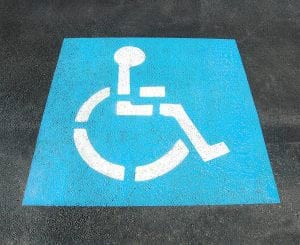Schwartz-Jampel Syndrome
What is Schwartz-Jampel syndrome?
Schwartz-Jampel syndrome is a rare genetic disorder that is characterized by skeletal muscle abnormalities, abnormal bone development, and distinctive facial features. The range and severity of the symptoms of Schwartz-Jampel syndrome vary from case to case.
There are two types of Schwartz-Jampel syndrome: SJS Type 1A and SJS Type 1B, which are differentiated by the severity of the condition and the age of onset. SJS Type 1A is the most recognized type, with mild symptoms developing during childhood. SJS Type 1B, on the other hand, is more severe and is apparent immediately after birth.
What causes Schwartz-Jampel syndrome?
Schwartz-Jampel syndrome is caused by mutations in the HSPG2 gene, which is a gene that provides instructions for making a protein found in muscle and cartilage.
Most cases of Schwartz-Jampel syndrome are inherited in an autosomal recessive pattern, though a few cases of the disease with autosomal dominant inheritance have been reported.
What are the symptoms Schwartz-Jampel syndrome?
The main signs and symptoms of Schwartz-Jampel syndrome include the following:
- Short stature
- Bone abnormalities, such as short neck, outward-bowed chest, curved spine, hip deformity, and osteoporosis
- Joint contractures
- Muscle abnormalities, such as inability to relax muscles, increased muscle size, and muscle weakness
- Characteristic facial features, including a “fixed” expression, a small, puckered mouth, and narrow eye openings, blinking, or eyelid spasms
Some less common symptoms of Schwartz-Jampel syndrome include a high-pitched voice carpel tunnel syndrome, intellectual disability, and malignant hyperthermia.
How is Schwartz-Jampel syndrome diagnosed?
Schwartz-Jampel syndrome is diagnosed on the basis of characteristic facial, skeletal, and muscle features of the disease. In addition to these, blood tests, imaging studies, muscle biopsies, and electromyography studies may also be helpful, and genetic testing of the HSPG2 gene can confirm a Schartz-Jampel syndrome diagnosis.
What are the available treatments for Schwartz-Jampel syndrome?
Treatment of Schwartz-Jampel syndrome is aimed at trying to reduce muscle stiffness and cramping. These therapies may be physical, including massage, muscle warming, and/or gradual strengthening exercises. Medications can also be used, such as muscle relaxants and anti-seizure medications, particularly carbamazepine and Botox.
Surgery is usually not recommended, due to the potential adverse complications that can arise.
Where can I find more information on Schwartz-Jampel syndrome?
Schwartz-Jampel Syndrome Articles


Mayor Parks in Handicapped Spot, Mom Demands Repercussions








